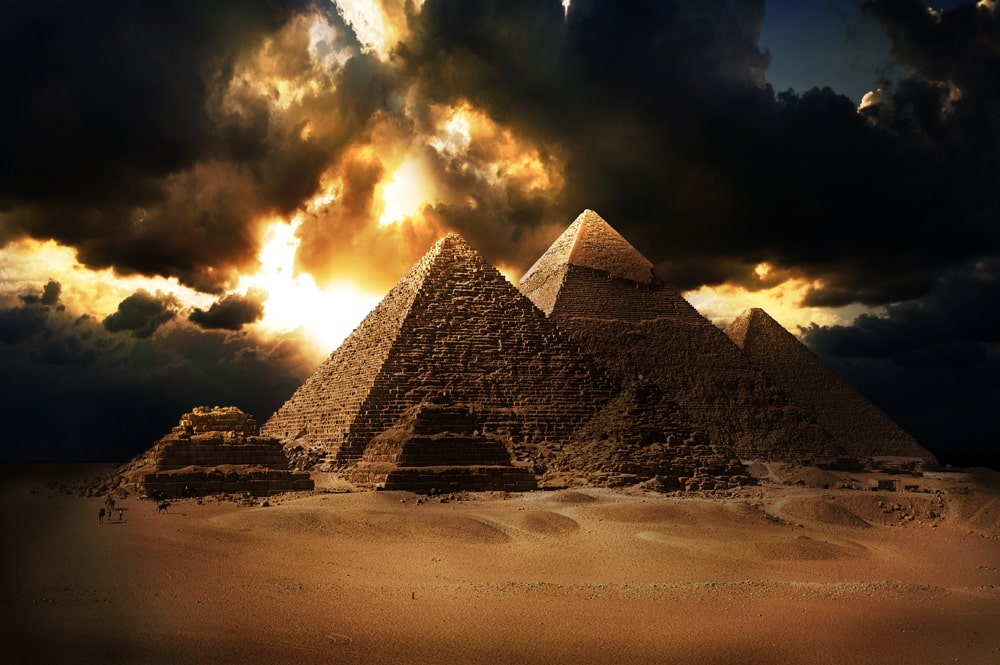The ancient Egyptians built these magnificent structures with the intention of living forever, but then, for some reason, they stopped. But what caused this change of heart?
For thousands of years, they ruled along the Nile, creating a unique empire full of mysteries and magic, and then they vanished, merging into the desert sand.
Before then, ancient Egyptian attempted to achieve immortality by building funerary monuments, the pyramids, at the peak of their lives. Thanks to the incredible preservation of some pyramids, we can still see them today, silently witnessing the passage of time and housing the bodies of many pharaohs for eternity, whose goal was to reach the afterlife with a pure heart, lighter than a feather.
There are many secrets that these structures keep behind their doors. A common question for anyone exploring them is: why did so many civilizations, not coinciding in space or time, decide to build such similar monuments?
Rosa Pujol, President of the Spanish Association of Egyptology, previously answered that question: “All these cultures tended to seek immortality and this meant, in some way, they wanted to rise towards their gods.”
But, there are also other fascinating stories, from supposed curses to how they were constructed, to the fact that, according to popular belief, the most famous pyramids are aligned with the constellation of Orion.
However, there is an equally intriguing mystery: why did they stop being built? It is estimated that at the beginning of the New Kingdom, the ancient Egyptians stopped building their most iconic structures and decided to be buried in tombs dug into the mountains.
Great names from the empire’s history have been found in the famous Valley of the Kings, a necropolis designated a World Heritage Site: Thutmose I, the young and famous Tutankhamun, and Amenhotep II, among others.
Why did the ancient Egyptians stop building pyramids?
One theory is that they became ineffective in preventing looting. Ancient Egyptians revered the concept of eternal rest, but tomb robbers were still common. Despite the fact that tomb looting was punishable by death, thieves still took advantage of the situation.
They would often destroy the wrappings of mummies and take limbs or play macabre pranks on them. This could have led the ancient Egyptians to consider burying their pharaohs in tombs hidden in the mountains, which were harder to find and less susceptible to looting.
Another theory is that the construction techniques and materials used may have worsened over time. The Fourth Dynasty set a high standard for pyramid building, and subsequent generations may not have been able to match their level of expertise, causing a decline in the quality of pyramids.
A 2013 study published in “Structure” offers a different explanation. The ancient Egyptians refined their construction techniques over time and made them more precise, eliminating gaps between stones. However, this led to the structures becoming less able to absorb the effects of thermal movement caused by temperature changes in the area, causing the blocks to crack and fall apart.
In conclusion, the reason for the cessation of pyramid building remains a mystery. However, the change in the location of the capital from Thebes to Tanis and the subsequent forgetfulness of the Valley of the Kings likely played a role in their preservation.
Ironically, the pharaohs’ ambitious attempts at achieving immortality through perishable pyramids were forgotten, while those buried in underground tombs, with fewer riches, have been perfectly preserved for generations.
Source: Ada Nuño, elconfidencial






